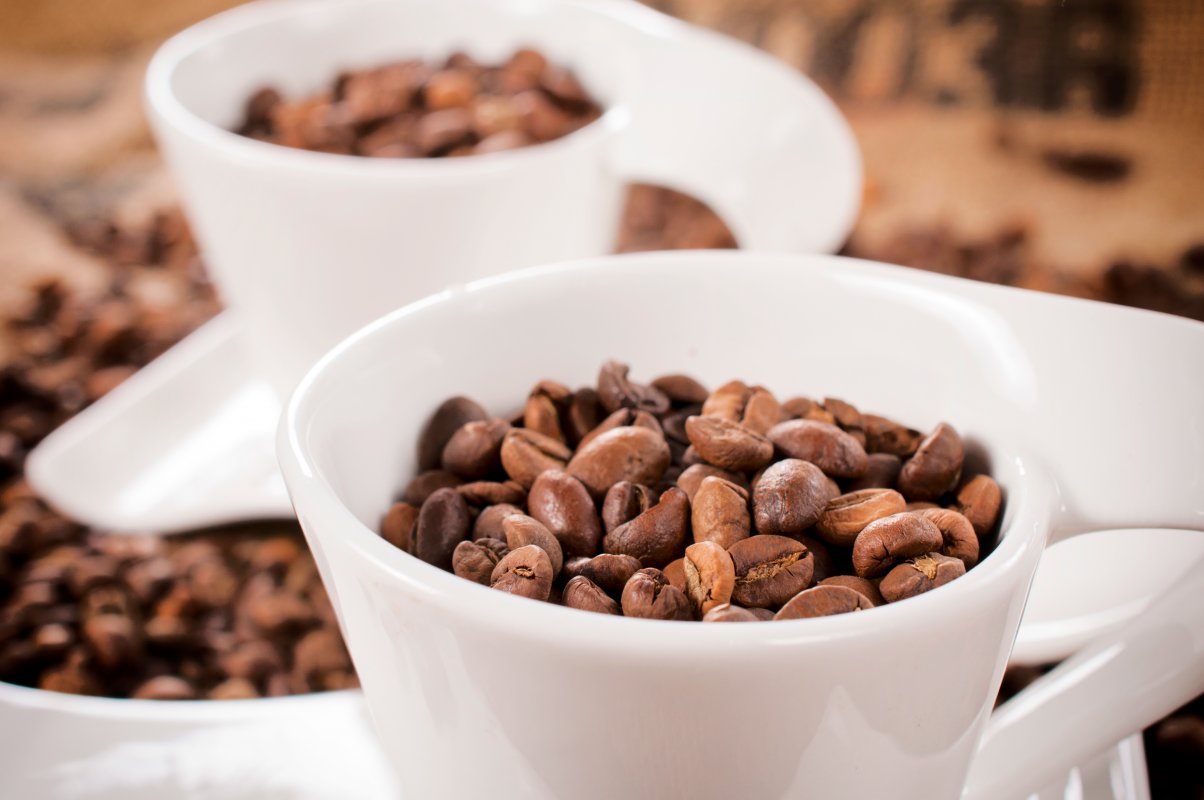Coffee How To, Coffee Tips
The Basics of Coffee Roasting
There is a lot a coffee bean goes through before it’s poured into your cup. From roasting to brewing, different processes make up the distinct flavor and aroma compounds. Roasting is a critical component. It will decide if it is light or dark and the strength of the notes. But, how does the roasting process work? Each blend is completely unique and will have its own method.
Is Roasting Important?
The answer would depend on how you want to drink your coffee. The dark, hardened beans that we recognize are a byproduct of the roasting process. The plant does not produce beans in this manner. The beans before roasting are green in color and smell a lot like grass. They are particularly soft and don’t have much taste. That being said, in their original state, they wouldn’t work well even dipped in chocolate. Roasting the beans is the best method to produce the rich, vibrant taste of coffee that we have all come to know and love.
The Coffee Roasting Process
So, if coffee beans are soft and green, then how to do they become brown and firm? The roasting process that exposes the beans to high heat. This process is an art. The flavor is nurtured at this stage of the bean’s life cycle. How long it’s developed will ultimately change the flavor profile. Three stages affect the outcome, but before we dive into that, let’s take a quick look at the different aspects that come into play.
Roasting Machinery
Drum Roaster
Small roasters will often use a drum to heat the bean. The construction allows for the beans to be inserted into a giant vat that slowly turns and heats from the bottom. Using these machines produces a uniformed flavor.
Fluid Roaster
Fluidized roasters surprisingly don’t use fluid. They use hot air. It has a heating chamber, an electric heater, and a blower for a uniformed roast. Using a fluidizer allows you to heat the coffee quickly without the worry of burning them.
The Three Stages of Roasting Coffee
Drying
Believe it or not, the coffee bean has humidity between 8% and 12%. Roasting can only begin once the bean has had the moisture removed. The drying stage is very short but necessary. It usually takes around 8 minutes and should be around 160 degrees when it’s done.
Browning
Browning follows the drying stage, but there is still some moisture being expelled from the bean. This stage is important. It’s here where roastmasters work their magic to produce a unique flavor profile. The natural sugars are reduced, and the amino acids are beginning to react. There are hundreds of ways this effect can play out and the result is directly correlated to the final taste. The flavor development is tweaked by slowing down or speeding things up. After this stage is complete the development starts.
Roasting
The roasting or development stage is exothermic. It’s a fancy word that means that coffee starts to release heat. While it was drying and browning, it absorbed a ton of energy. The energy is expelled, and the bean cracks. Hence, the traditional split you see down the middle. Aroma development happens during roasting. The process is slowed way down here to allow for the proper profiles to build. This step is can take up to 25% of the total roasting process.
Degree of Roast
The roast degree is a major player in the flavor profile. How high or low the temperature is will affect the outcome. It’s here that the coffee will either become light or dark. Usually, lighter blends are fruitier and have more acidity. They resemble the natural flavors of the bean, and some purists prefer to only hover in the light range. Dark blends are the complete opposite. They have a stronger, almost burnt taste. The differences will also include the acidic level. Dark coffee doesn’t rate high on the pH scale.
Roasting Time
During the three phases, we talked about timing. How long the coffee participates in each stage affects the outcome. But, how? The faster it’s roasted, the more aroma compounds produced. That means if fruity, chocolatey, nutty, and other base flavors really begin to take shape. Problems occur when turning up the heat to help it along. The delicate beans can burn, so you want to be careful. A slow roast will produce a less acidic product but gives more control.
Nashville Coffee House
At the Tin Cup, we like to honor the roasting process by brewing the perfect cup. Our baristas are well-versed in roasting methods and know how to utilize each one to produce something amazing. We work with roasters who help us build a unique flavor that is both dynamic and smooth.

